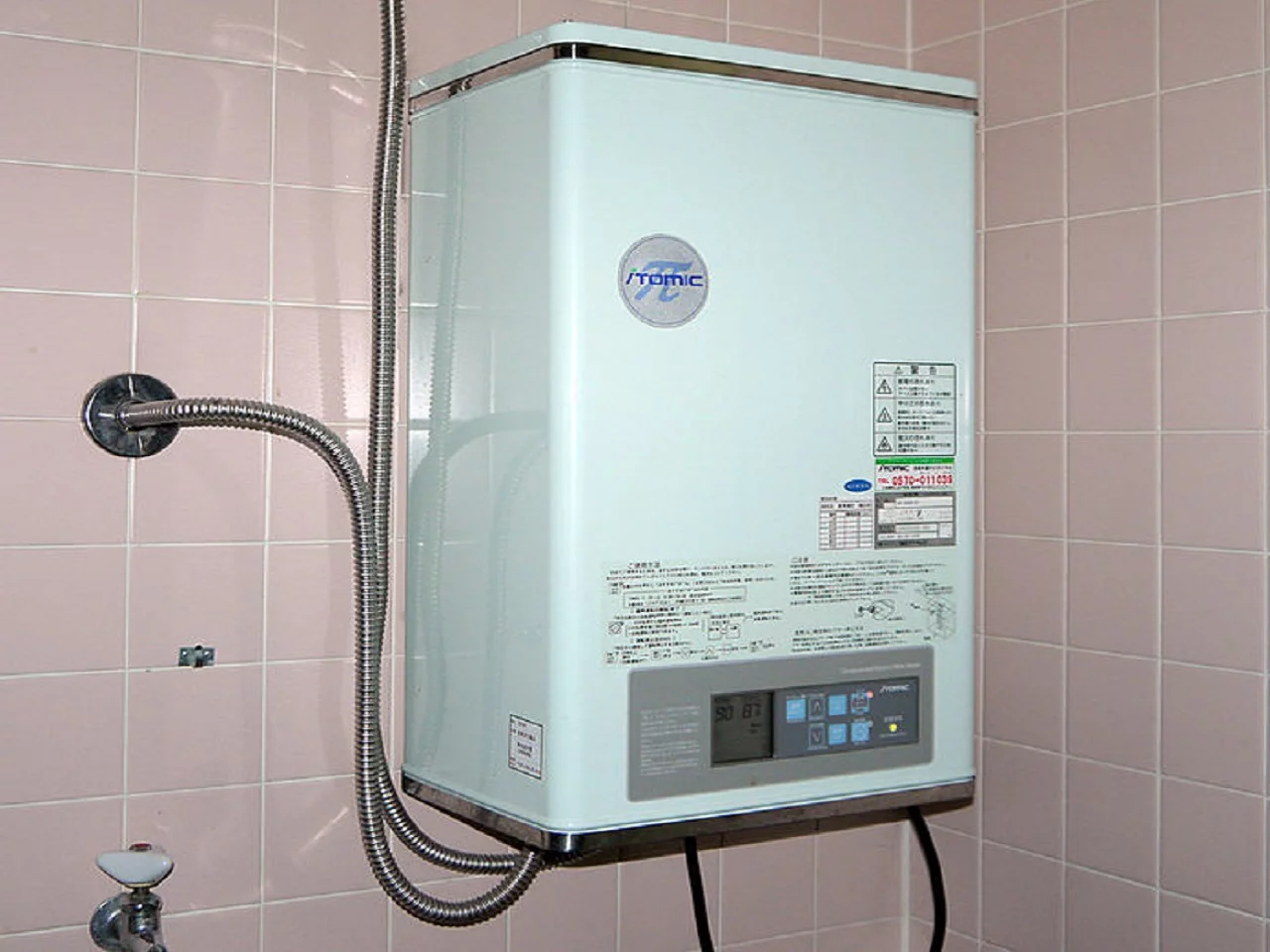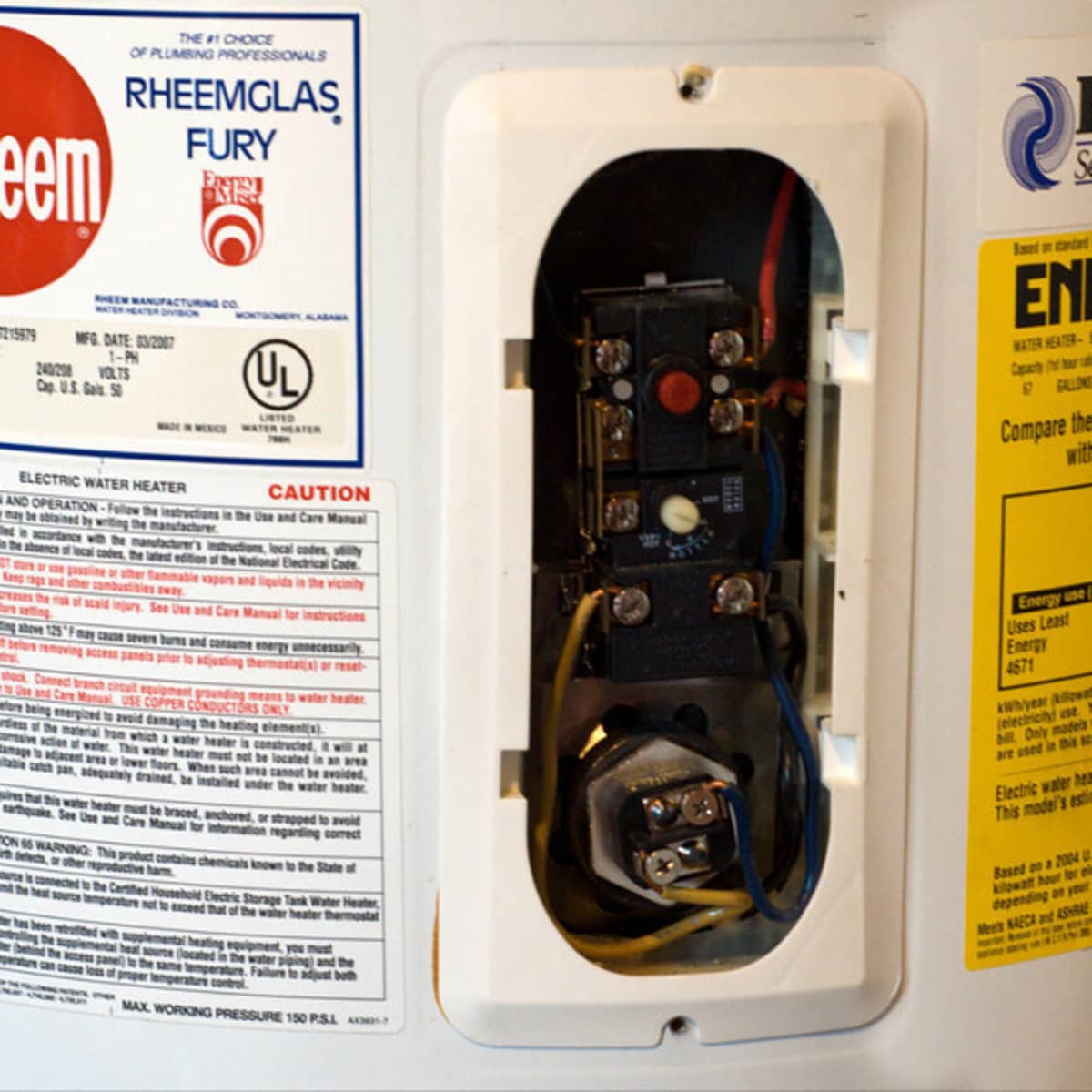To reset your water heater after a power outage, first, turn off the thermostat. Then, turn it back on to restore power.
Experiencing a power outage can disrupt many household functions, including your water heater. After the power returns, your water heater may need a quick reset to function properly. Understanding how to reset it ensures you have hot water when you need it.
This process is straightforward and can usually be done in minutes. Knowing these steps is essential for any homeowner. A properly functioning water heater is crucial for daily activities, from bathing to cleaning. Let’s explore the simple steps to reset your water heater effectively after an outage, ensuring your comfort and convenience at home.
Page Contents
- 1 When Power Returns: Checking Your Water Heater
- 2 Initial Steps To Reset Your Water Heater
- 3 Troubleshooting Common Water Heater Issues Post-outage
- 4 Manual Reset: Water Heater’s Built-in Safety Feature
- 5 Gas Water Heaters: Specific Considerations
- 6 Electric Water Heaters: Step-by-step Reset Guide
- 7 When To Call A Professional: Beyond Diy
- 8 Preventive Measures: Avoiding Future Outages
- 9 Understanding Your Water Heater’s Warranty
- 10 Long-term Care: Keeping Your Water Heater Healthy
- 11 Frequently Asked Questions
- 12 Conclusion
When Power Returns: Checking Your Water Heater
After a power outage, check your water heater carefully. Safety is the top priority. Make sure the area is dry. Look for any visible damage to the heater. Check for leaks or strange noises. Turn off the power supply if anything looks wrong. If there’s water pooling, shut off the main valve. Wait for a professional if you see serious issues. Ensuring everything is in order helps prevent further problems.
Look closely at the connections and pipes. Rust or corrosion could indicate trouble. If the water heater is older, it may need a replacement. Ensure that your water heater is safe to operate. A small inspection can save you from bigger issues later.

Credit: www.youtube.com
Initial Steps To Reset Your Water Heater
After a power outage, check your power supply first. Ensure that the electricity is back on. Look for any flickering lights or other signs of power restoration.
Next, locate your circuit breaker. Open the panel and check if any switches are in the off position. If you find one, simply flip it back to the on position. This step often helps reset the water heater.
If the water heater does not start, look for a reset button. It is usually found near the thermostat. Pressing this button can help restore normal operation.
Troubleshooting Common Water Heater Issues Post-outage
After a power outage, many people face water heater problems. No hot water is a common issue. First, check the thermostat settings. Make sure the temperature is set correctly. Reset the heater by turning it off and on again. Wait a few minutes to see if it heats up.
Strange noises can also occur. Banging or popping sounds may indicate sediment buildup. This buildup can affect heating efficiency. Draining the tank can help eliminate sediment. Check for any unusual vibrations as well. These could mean the heater needs maintenance.
| Issue | Solution |
|---|---|
| No Hot Water | Check thermostat and reset the heater |
| Strange Noises | Drain the tank to remove sediment |

Credit: www.aztilac.com
Manual Reset: Water Heater’s Built-in Safety Feature
Every water heater has a reset button. This button is a safety feature. It helps prevent overheating. Finding the reset button is easy. Usually, it’s located on the thermostat. Look for a red or yellow button.
Press the reset button only when needed. A power outage can cause the heater to shut down. If hot water stops, check the reset button first. Press it to restart the system. Wait a few minutes. Check if the water is heating again.
Gas Water Heaters: Specific Considerations
Gas water heaters need special care after a power outage. First, check the gas supply. Ensure the valve is open and gas flows correctly. If the gas supply is off, turn it back on before proceeding.
Next, locate the pilot light. It should be at the bottom of the water heater. If it is out, follow these steps to relight it:
- Turn off the gas control knob.
- Wait for five minutes to clear any gas.
- Turn the knob to “pilot.”
- Press and hold the igniter button.
- Light the pilot flame with a long lighter.
- Release the button and check the flame.
A steady blue flame indicates success. Always follow safety guidelines when working with gas appliances.
Electric Water Heaters: Step-by-step Reset Guide
Power outages can cause electric water heaters to trip. Follow these steps to reset them.
Tripped High-Temperature Cutoff: Locate the reset button on the heater. Press it firmly. This button is usually red or black.
Thermostat Reset: Check the thermostat settings. Adjust the temperature to your desired level. Most heaters work well at 120°F.
After resetting, wait for the heater to warm the water. This may take some time. Ensure hot water is available before use.
When To Call A Professional: Beyond Diy
Recognizing serious problems in your water heater is crucial. Look for signs like leaks, strange noises, or inconsistent temperatures. These issues may indicate a malfunction. Ignoring them can lead to more damage.
Finding a qualified technician is essential for repairs. Check online reviews and ask friends for recommendations. Ensure the technician has proper certifications and experience with your type of water heater. Always request an estimate before starting any work.
Keep safety a priority. If you notice burning smells or excessive heat, turn off the heater immediately. Contact a professional to assess the situation.

Credit: dengarden.com
Preventive Measures: Avoiding Future Outages
Regular maintenance is key to keeping your water heater running well. Check the temperature settings monthly. The ideal setting is around 120°F. Flushing the tank once a year helps remove sediment. This process can improve efficiency and extend the heater’s life.
Investing in surge protectors can protect your heater from power spikes. They help prevent damage during outages. Choose a surge protector designed for high-voltage appliances. This extra step can save you money on repairs.
Also, inspect the anode rod every few years. Replacing it can prevent rust and corrosion. Regular inspections can help catch small problems before they grow.
Understanding Your Water Heater’s Warranty
Understanding your water heater’s warranty is important. Each warranty has different terms. Some cover parts, while others cover labor.
What’s covered? Check your warranty document for specific details. Most warranties cover defects in materials and workmanship. Some may not cover damage from power outages.
| Warranty Type | Coverage |
|---|---|
| Standard Warranty | Defects in materials and workmanship |
| Extended Warranty | Longer coverage period, may include labor |
| Limited Warranty | Specific parts only, excludes labor |
Claiming your warranty requires following specific steps. First, gather all necessary documents. This includes your receipt and warranty information.
Contact customer service for guidance on the claim process. Be prepared to explain your issue clearly. Provide any photographic evidence if needed.
Long-term Care: Keeping Your Water Heater Healthy
Regular annual inspections are crucial for your water heater’s longevity. They help catch small issues before they become big problems. A professional can identify signs of wear and tear. This ensures your water heater runs efficiently and safely.
Sediment flushes improve the efficiency of your water heater. Over time, minerals build up and reduce heating efficiency. Flushing removes this buildup and can extend the life of your unit. This simple task can save you money on energy bills.
Taking care of your water heater leads to fewer repairs and a longer lifespan. Regular maintenance is essential for all appliances. It helps ensure you always have hot water when you need it.
Frequently Asked Questions
Why Does My Hot Water Not Work After A Power Outage?
A power outage can reset your water heater. Electric models may need to be manually restarted. Gas models might require a pilot light relight. Check your breaker box for tripped switches. Ensure all settings are correct after the outage to restore hot water.
Does A Power Outage Affect A Water Heater?
A power outage affects electric water heaters, stopping them from heating water. Gas water heaters remain operational unless the outage impacts gas supply. Always check your specific model’s requirements for accurate information.
How Long Does It Take For A Water Heater To Reset?
A water heater typically takes about 30 minutes to 2 hours to reset. The exact time varies based on the unit’s size and the water temperature. Always consult the manufacturer’s guidelines for specific reset times and recommendations. Regular maintenance can help ensure efficient performance.
How Do You Reset A Heater After A Power Outage?
To reset a heater after a power outage, first, turn off the thermostat. Unplug the heater or switch off its power supply. Wait for a few minutes, then restore power and turn the thermostat back on. Check for any error codes and ensure the heater is functioning properly.
Conclusion
Resetting your water heater after a power outage is essential for restoring hot water. Follow the outlined steps to ensure safety and efficiency. Regular maintenance can prevent future issues. A functional water heater enhances comfort in your home. Stay proactive and keep your system in top shape for consistent hot water availability.
